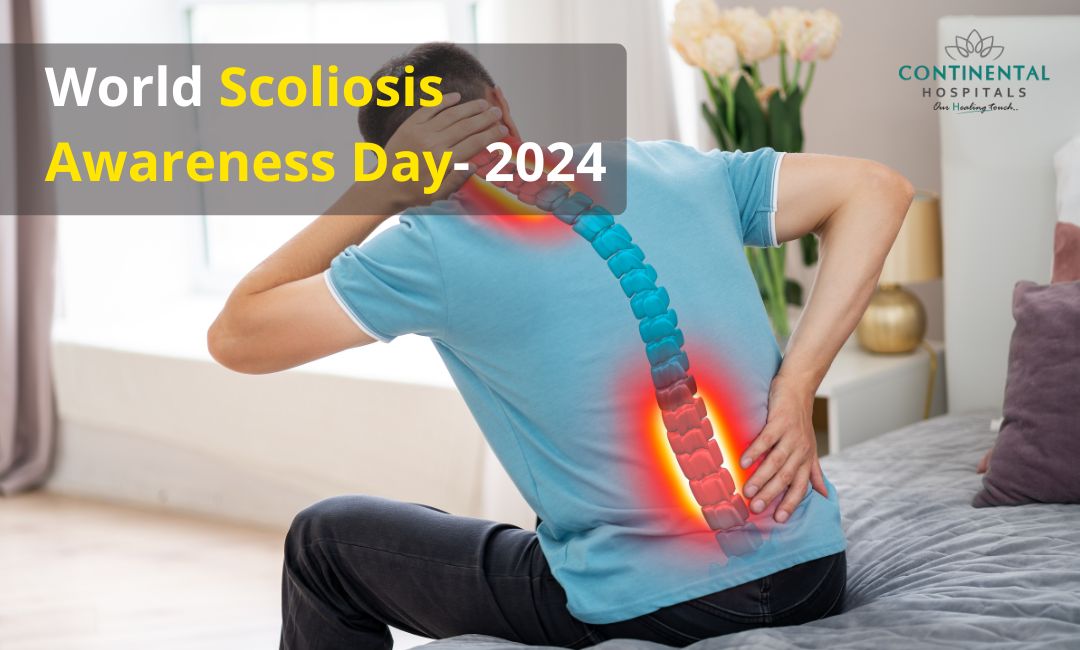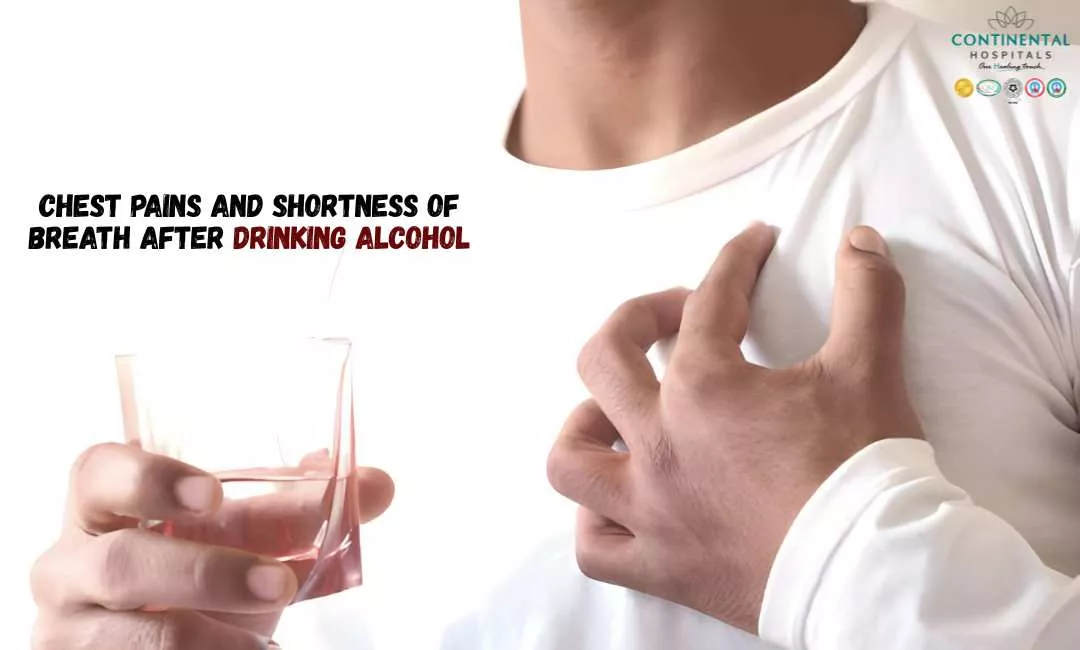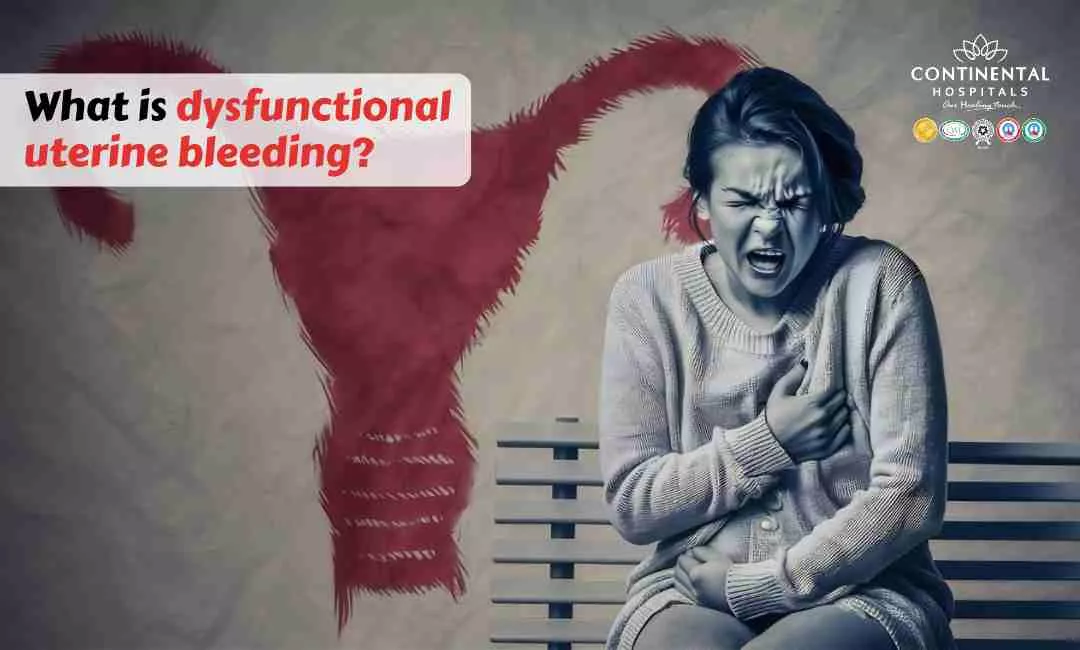Every year on June 30th, the world comes together to observe Scoliosis Awareness Day, a day dedicated to raising awareness about this prevalent yet often misunderstood spinal condition. Scoliosis affects millions of people worldwide, yet many misconceptions surround it. In this blog post, we aim to shed light on what scoliosis is, its causes, symptoms, diagnosis, treatment options, and the importance of early detection and awareness.
Importance of World Scoliosis Awareness Day
Education: It raises awareness about scoliosis, a condition characterized by an abnormal curvature of the spine. Many people are unaware of what scoliosis is, its symptoms, and its potential impact on one's health and quality of life. World Scoliosis Awareness Day provides an opportunity to educate the public about this condition.
Early Detection: Early detection is key in managing scoliosis effectively. By raising awareness, individuals, parents, and healthcare professionals become more attuned to the signs and symptoms of scoliosis, leading to earlier diagnosis and intervention.
Support: For those already living with scoliosis, World Scoliosis Awareness Day can offer a sense of community and support. It reminds individuals that they are not alone in their journey and that there are resources, support groups, and treatment options available to help them manage their condition.
Advocacy: The day also serves as a platform for advocacy efforts aimed at improving access to healthcare, treatment options, and support services for individuals with scoliosis. It raises awareness not only among the general public but also among policymakers and healthcare providers, advocating for better policies and resources for those affected by scoliosis.
What is Scoliosis?
Scoliosis is a medical condition characterized by an abnormal curvature of the spine, which can take on a sideways (lateral) curvature resembling an "S" or a "C" shape. This curvature can range from mild to severe and can occur at any age, although it most commonly develops during the growth spurt just before puberty.
Causes of Scoliosis
The exact cause of scoliosis is often unknown and can vary depending on the type of scoliosis. However, some common causes include congenital spine abnormalities present at birth, neuromuscular conditions such as cerebral palsy or muscular dystrophy, and idiopathic scoliosis, which develops without a known cause and is the most common type, particularly among adolescents.
Symptoms of Scoliosis
In many cases, scoliosis may not cause noticeable symptoms, especially in its early stages. However, as the curvature progresses, symptoms may include:
- Uneven shoulders or waistline
- One shoulder blade appearing more prominent than the other
- Uneven hips or rib cage
- Back pain, although this is less common in adolescents with scoliosis
It's important to note that the severity of symptoms can vary greatly among individuals and may worsen over time if left untreated.
Diagnosis
Diagnosing scoliosis typically involves a physical examination, where a healthcare provider will assess the curvature of the spine, observe the patient's posture, and look for any visible signs of asymmetry. Additionally, imaging tests such as X-rays may be conducted to confirm the diagnosis and determine the severity and location of the curvature.
Treatment Options
Treatment for scoliosis depends on various factors, including the severity of the curvature, the patient's age, and whether the condition is still progressing. Common treatment options include:
Observation: In cases of mild scoliosis where the curvature is not progressing, regular monitoring may be sufficient, especially for children who are still growing.
Bracing: For adolescents with moderate scoliosis and a high risk of progression, a brace may be prescribed to help halt further curvature. Bracing is most effective when initiated during the growth spurt before puberty.
Physical Therapy: Physical therapy exercises can help improve posture, strengthen muscles, and alleviate discomfort associated with scoliosis.
Surgery: In severe cases of scoliosis, particularly when the curvature is progressive and causing significant symptoms or affecting organ function, surgery may be recommended. Spinal fusion surgery involves fusing together the vertebrae to correct the curvature and stabilize the spine.
The Importance of Early Detection and Awareness
Early detection of scoliosis is crucial for effective management and treatment. Routine screenings during childhood and adolescence can help identify scoliosis early, allowing for timely intervention when necessary. Additionally, raising awareness about scoliosis is essential to dispel myths and misconceptions surrounding the condition and promote understanding and support for individuals living with scoliosis.
Living with Scoliosis
Living with scoliosis can present challenges, but with proper management and support, many individuals with scoliosis lead full and active lives. It's essential for individuals with scoliosis to work closely with healthcare providers to monitor the condition, adhere to treatment plans, and maintain overall spinal health through regular exercise and good posture habits.
Scoliosis is a common spinal condition that affects millions of people worldwide. While it can present challenges, especially when left untreated, early detection and appropriate treatment can help manage the condition effectively. By raising awareness about scoliosis, dispelling myths, and promoting understanding and support, we can empower individuals with scoliosis to live their lives to the fullest. This Scoliosis Awareness Day, let's join together to spread awareness and support those affected by this condition.
.webp)














